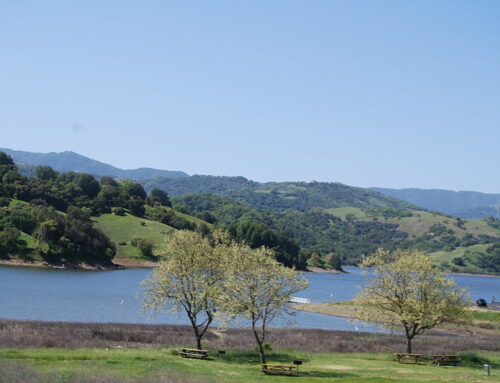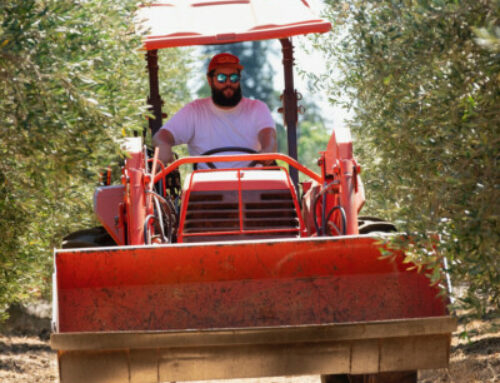Fattoria Public Market would be a year-round food hub and event venue for local growers
![]()
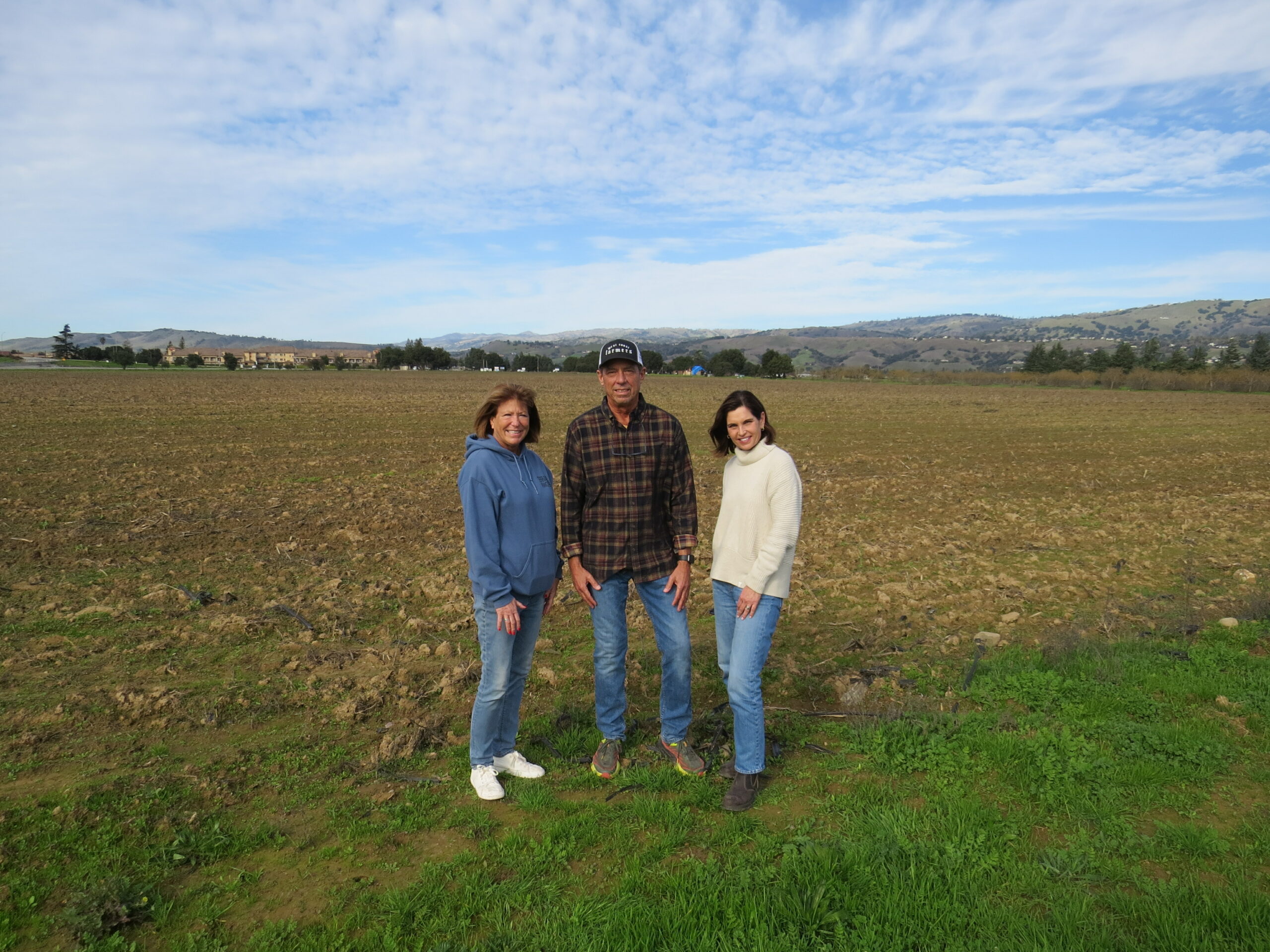
From left, Lisa Raineri, Joe Raineri, and Julie Morris, Santa Clara County Agricultural Liaison at the University of California Cooperative Extension working in collaboration with the county to implement its Agricultural Plan. Photo by Calvin Nuttall
By Calvin Nuttall
For Joe Raineri, what began as a simple desire to return to the land has blossomed into a new vision of the future for the South Valley agricultural community.
He plans for his proposed Fattoria Public Market project to be located within an active farm field on the 26-acre lot at the southeast corner of Tennant Avenue and U.S. 101. The founder of Terra Amico Farms envisions a multi-use hub for regional small- to medium-sized growers, where they can connect directly with customers and combine their supply to meet local demand.
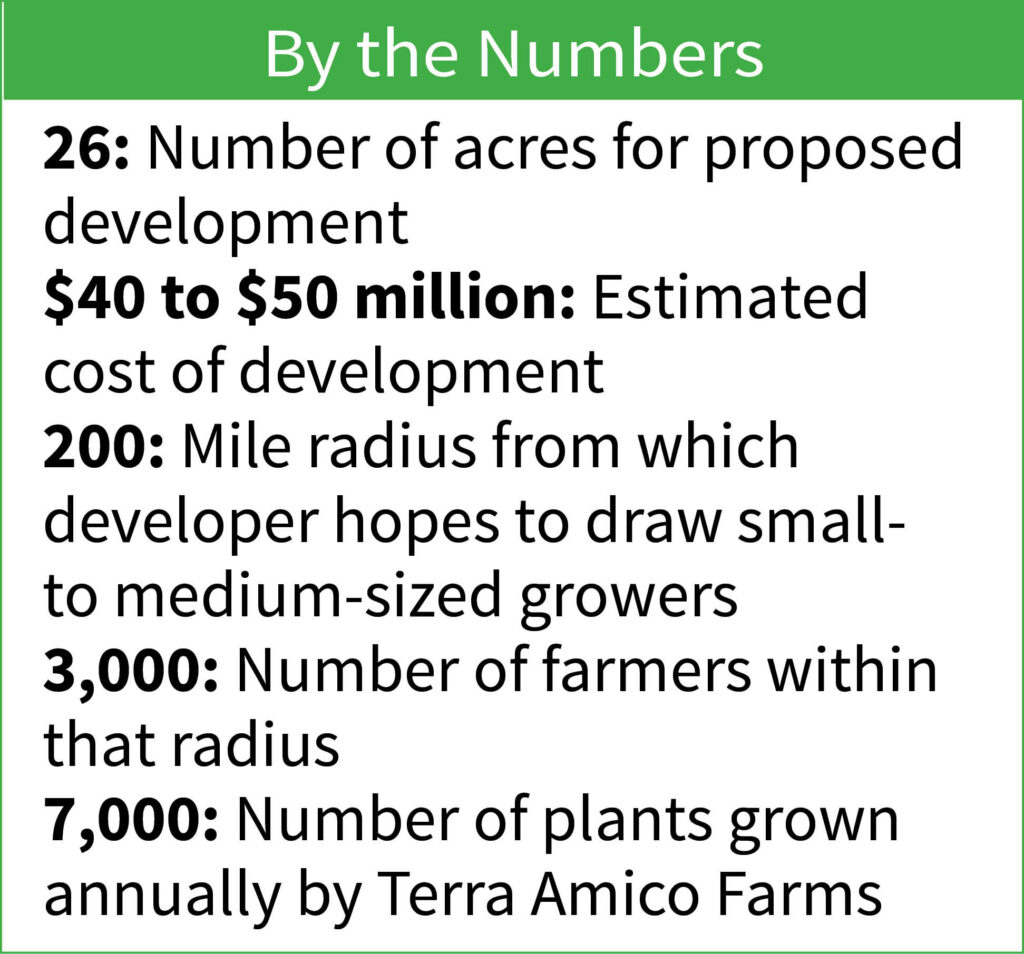 “About five years ago, as I was heading towards retirement, I told my wife, ‘You know what, I think I’d like to do some farming,’” Raineri said during a Jan. 11 presentation to the Economic Development Committee of the Morgan Hill Chamber of Commerce. “So, we came out to San Martin and bought five acres of land. The first year, I grew 200 plants of various types of heirloom tomatoes.”
“About five years ago, as I was heading towards retirement, I told my wife, ‘You know what, I think I’d like to do some farming,’” Raineri said during a Jan. 11 presentation to the Economic Development Committee of the Morgan Hill Chamber of Commerce. “So, we came out to San Martin and bought five acres of land. The first year, I grew 200 plants of various types of heirloom tomatoes.”
Today, Terra Amico Farms grows about 7,000 plants a year and has become well known in the community for its “boutique” tomatoes. As his business grew, Raineri began to get to know the local agricultural community and its ardent efforts to preserve the agricultural land and heritage of the region.
“It’s expensive to live here,” he said. “We want to keep farmers around and keep farming viable, not just to survive here, but to thrive. The concept is designed around helping our local food producers to make a living and become an integral part of the community again. So, let’s have a permanent, indoor, climate-controlled place where food producers can sell their goods direct to consumers year-round.”
In addition to serving as a marketplace, the facility would also act as a food hub to help small local growers combine their supply in order to fulfill demands they could not otherwise meet on their own. To facilitate this, they will provide storage facilities for both cold and dry storage, as well as utilities and distribution assistance.
“For example, I am a small tomato farmer here in San Martin,” Raineri said. “If Google’s commissaries come to me and they want to buy tomatoes, I’m just not big enough. We have a lot of local ag people in the community who are small- to medium-sized farmers who really can’t supply a large institutional buyer like that. But if we created a food hub where we work together with other small farmers, we could join efforts to provide supply and scale our operations.”
Raineri aims to draw participating growers from within a 200-mile radius, focusing on Santa Clara, Monterey, Santa Cruz, and San Benito counties.
“Just within those counties, there are probably 3,000 or so small- to medium-sized farmers, who will hopefully have some interest in becoming a part of this project,” he said.
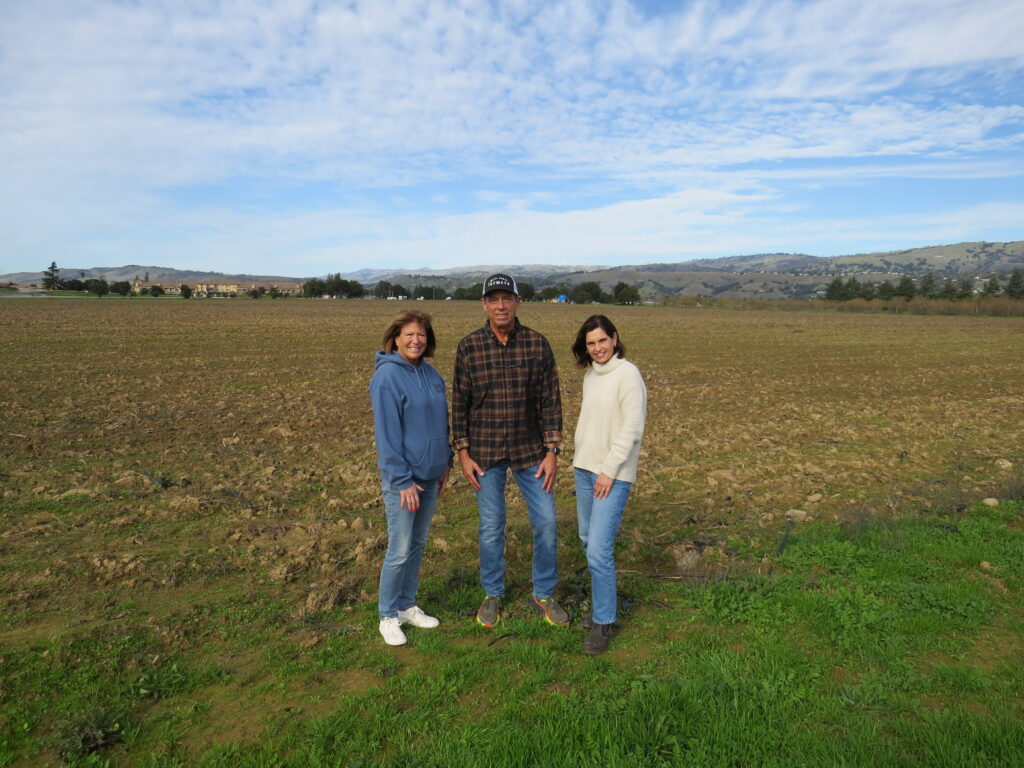
Photo by Calvin Nuttall
The market will be situated amidst an active farm field, where food can be grown and enjoyed on-site by Morgan Hill restaurant-goers in a greenhouse tasting venue.
Food grown on-site at the facility’s farm may be enjoyed at the market’s own greenhouse tasting venue, which Raineri describes as a “farm-to-fork” restaurant.
“We will be serving fresh seasonal produce and other foods to consumers literally within hours of its being harvested,” he said. “We are also looking at doing a beer and wine garden and a cider garden for our local producers. We will also have a small nursery to supply home gardeners with starter plants.”
With a “piazza-style” layout, the market serves as more than just a place where people come to shop, Raineri said. He envisions a gathering place where people can come and hang out, wander the farm, and learn about agriculture.
“The farm is going to be a very interactive type of thing,” he said. “People can get hands-on with whatever seasonal produce and fruits and so forth are growing out there.”
The marketplace will also double as an event facility, Raineri said. Seasonal producers who don’t need a permanent year-round place in the market can set up pop-up market stalls in a canopied outdoor area.
A big fan of the innovative project is Julie Morris. She serves as the Santa Clara County Agricultural Liaison at the University of California Cooperative Extension, working in collaboration with the county to implement its Agricultural Plan.
“What Joe and Lisa have proposed for this site is a perfect blending of supporting small farms and preserving ag land,” she said. “Because this is working agricultural land, we are going to need to work together with the county to create other uses, such as the event space and cafe or a restaurant. I hope that this will be a model for other places that want to support small farms and provide access to fresh, local food.”
The farm itself will actively demonstrate cutting-edge agricultural techniques, where “future farm technologies” can be observed in action by visitors, from local students to professional farmers looking for the latest in intelligent farming practices.
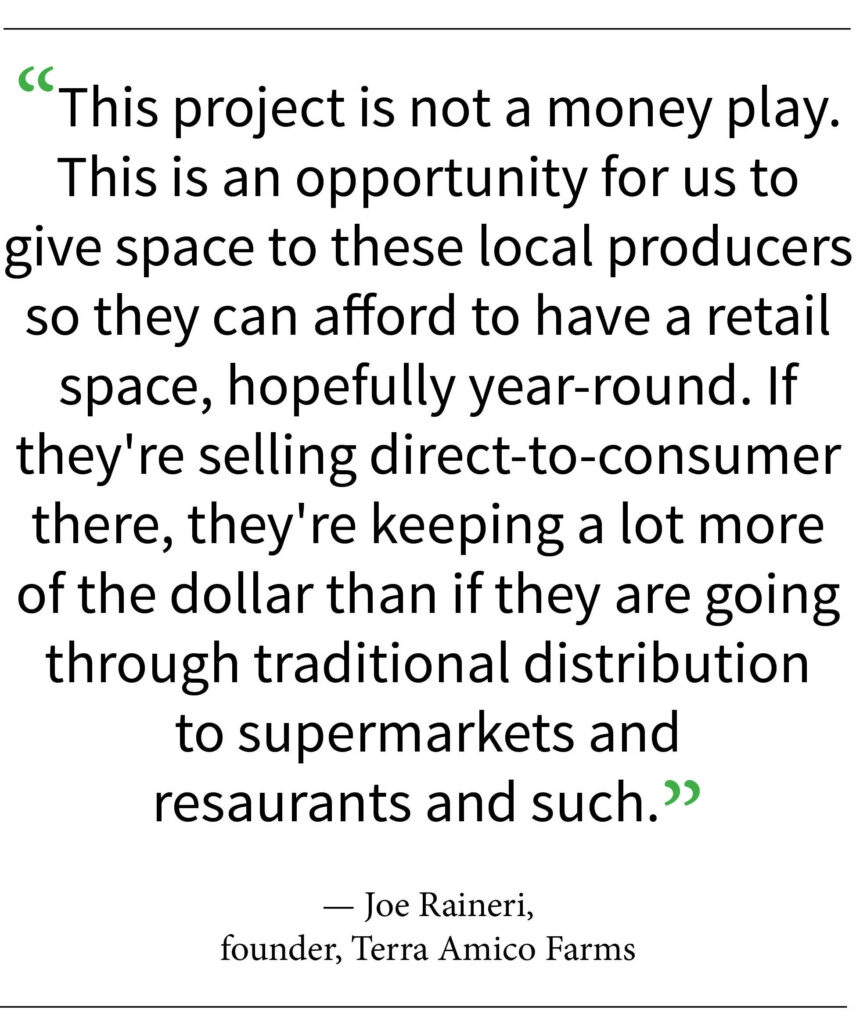 “We’re going to be using biospheric design and architecture to generate as much of our energy from agrivoltaics (solar power on farmland) as we can,” Raineri said. “We’re going to be doing our own composting on-site, both agricultural waste and food waste. So we’re going to be trying to keep this thing as sustainable and environmentally-friendly as possible.”
“We’re going to be using biospheric design and architecture to generate as much of our energy from agrivoltaics (solar power on farmland) as we can,” Raineri said. “We’re going to be doing our own composting on-site, both agricultural waste and food waste. So we’re going to be trying to keep this thing as sustainable and environmentally-friendly as possible.”
To showcase drought-conscious farming practices, Fattoria’s farm will be designed with water-saving irrigation systems, as well as on-site grey water treatment.
“As we all know, ag uses more water than just about any other industry,” Raineri said. “So we want to start making headway with processes that will conserve water while also meeting needs for food demand.”
A nonprofit will operate the facility in order to guarantee local producers a place to connect with consumers at below market rates, Raineri said.
“This project is not a money play,” he said. “This is an opportunity for us to give space to these local producers so they can afford to have a retail space, hopefully year-round. If they’re selling direct-to-consumer there, they’re keeping a lot more of the dollar than if they are going through traditional distribution to supermarkets and restaurants and such.”

The land is owned by the city of Morgan Hill, with which Raineri seeks to enter a long-term lease.
“The property is zoned for agricultural purposes only, so there is really no opportunity for speculative development on that site at any time in the future,” he said. “It’s highly visible from U.S. 101 and easy to get to for the entire South County community, so I think this project is a perfect use for this particular property.”
Calvin Nuttall is a Morgan Hill-based freelance reporter and columnist.





